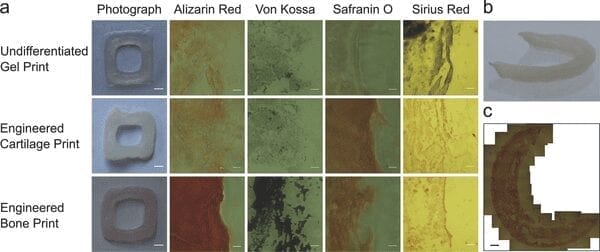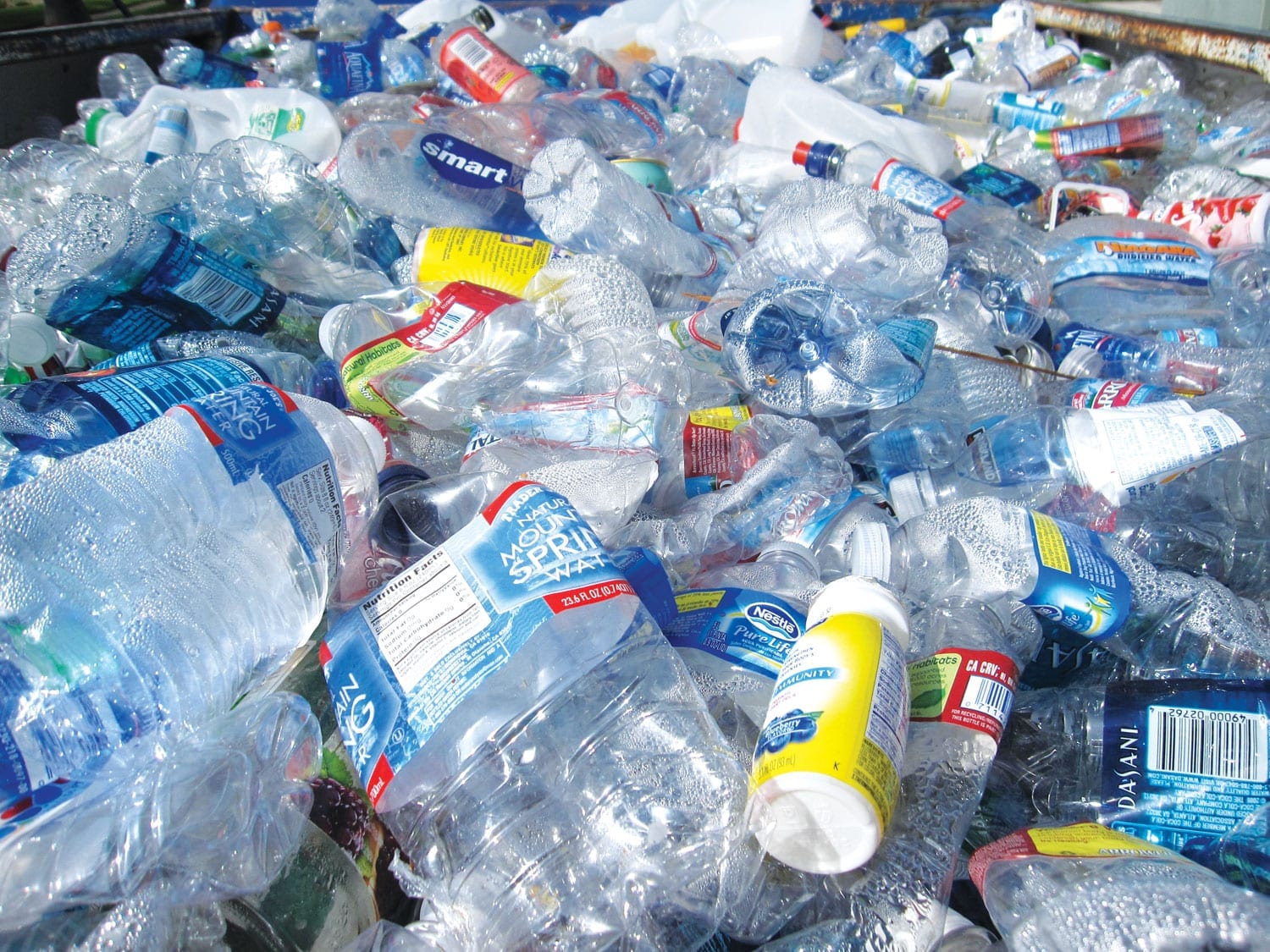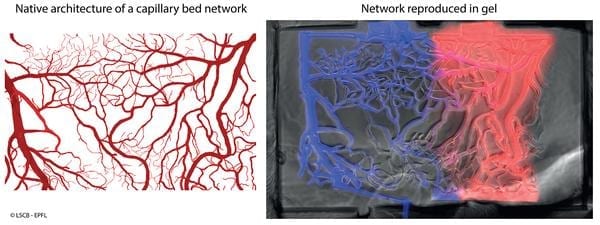
When you first learn about 3D printing, it seems like magic, but when you begin to understand the science and mechanics of it, the concept becomes a lot more logical (although the things that can be created with it continue to astonish). One particular form of 3D printing, however, will never cease to seem like sorcery to me, and that’s bioprinting. I understand how it works, but there’s that part of my brain that still continues to insist that this just shouldn’t be possible.
That disbelief is renewed every time I learn about a new process or material entering the bioprinting sphere – and at the rate the technology is advancing, that’s usually at least a couple times a week. The latest organization to develop a new magic potion – I mean, bioink – is the University of Bristol, which introduced its dual-polymer material to the public this week in a paper published in Advanced Healthcare Materials.
The paper, entitled “3D Bioprinting Using a Templated Porous Bioink,” presents the bioink as a material that could potentially lead to the 3D printing of complex tissues for bone and cartilage implants. Like several of the most promising bioprinting materials, the ink would use the patient’s own stem cells to generate the tissue, which could then be used for knee and hip surgeries.
The newly developed bioink consists of two different polymers: a natural polymer taken from seaweed, and a synthetic polymer used in the medical industry. When the temperature of the bioink is raised, the synthetic polymer causes the ink to change from liquid to solid, while the seaweed polymer offers structural support when cell nutrients are introduced.
Learn more: University of Bristol Develops New Bioink with the Potential to 3D Print Bone and Cartilage
The Latest on: Bioprinting
[google_news title=”” keyword=”bioprinting” num_posts=”10″ blurb_length=”0″ show_thumb=”left”]
via Google News
The Latest on: Bioprinting
- Dutch kick-start European attempts at carbon captureon April 27, 2024 at 9:00 pm
After significant delays, drilling started in mid-April to lay a 50km pipeline that will collect CO₂ emissions from the vast refineries and hydrogen plants around Europe’s largest port and inject them ...
- Missoula company lands DOE grant to advance carbon capture techon April 26, 2024 at 7:42 am
A tech company based in Missoula landed a share of an $8 million federal grant on Friday from the U.S. Department of Energy to advance carbon capture technologies in the nation's pursuit of net-zero ...
- French industry minister sets eyes on carbon capture techon April 26, 2024 at 7:20 am
The French industry minister Roland Lescure on Friday launched a call for interest for carbon capture at various sites to help carbon-intense industries abate emissions.
- Team develops new testing system for carbon capture in fight against global warmingon April 25, 2024 at 11:32 pm
More than 100 facilities designed to remove carbon dioxide (CO2) from the atmosphere are in various stages of development around the world. In the United States, the first direct air capture (DAC) ...
- Battling climate change, Japan looks to seagrass for carbon captureon April 25, 2024 at 9:58 pm
On a recent Saturday, some 100 volunteers gathered on a popular beach in the Japanese port city of Yokohama, wading in the shallows to plant strands of light-green eelgrass on the seabed.
- A New Use for Old Concrete Could Revolutionize Carbon Captureon April 25, 2024 at 6:30 am
Rock weathering is a natural process where minerals in the soil can capture carbon and sequester it as calcium carbonate in the oceans, but the process is an incredibly slow one. An Irish startup ...
- Aker Carbon Capture Loss Widens Despite Revenue Jumpon April 25, 2024 at 4:09 am
Norway's Aker Carbon Capture said its first-quarter net loss widened on the year as revenue doubled amid progress in continuing projects. The company on Thursday reported a net loss of 67.7 million ...
- 3 carbon capture technologies you’ve probably never heard ofon April 22, 2024 at 11:47 am
From microalgae biorefineries and biomass burial to “blusinkies” — these novel technologies are paving the way to a net zero future.
- Beyond Carbon Capture: Using Trees and Forests to Fight Climate Changeon April 22, 2024 at 7:21 am
Forests and trees are equipped to address countless effects of global warming – if only we effectively make use of them.
- A Rapidly Growing Carbon Capture Company Is Hiding C02 In Front Of Youon April 22, 2024 at 4:45 am
Neustark turns this waste stream into a carbon sink. We’ve created and deployed a solution that mineralizes CO₂ in demolished concrete aggregate – thus permanently storing it and removing the CO₂ from ...
via Bing News











